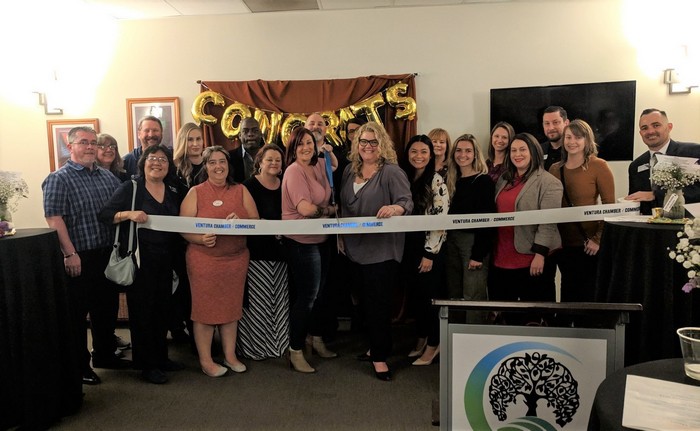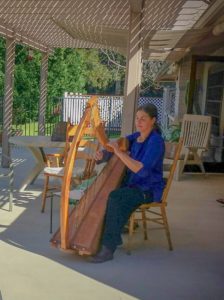Ventura County Community College District (VCCCD) Chancellor Greg Gillespie is pleased to announce that after a nationwide search, five finalists will move forward in the Ventura College President search process.
Listed below are candidates and campus forums information. College faculty, staff, administration, and community members are invited to attend.
Ventura College President Finalist Forum
Monday, April 15, 2019
2 p.m. – 5:30 p.m.
Ventura College Performing Arts Center
4700 Loma Vista Road
-
2 p.m. Damon Bell, Ed.D. 2:40 p.m. Krista Johns, J.D. 3:20 p.m. Scott Thayer, Ed.D. 4 p.m. Kimberly Hoffmans, Ed.D. 4:40 p.m. Wei Zhou, Ph.D.
“The forums are an important part of the search process. They provide an opportunity for students, campus constituents, and the community to meet and hear from the candidates,” stated Gillespie. Final interviews will take place the following day.
The next Ventura College president will fill the position vacated by Chancellor Gillespie when he was appointed VCCCD Chancellor in 2017. Two interims have filled the position since that time. “We are excited to meet the finalists and look forward to working and collaborating with the new Ventura College president to ensure student success. The Ventura College Classified Senate appreciates being part of this process,” offered Sebastian Szczebiot, Ventura College Classified Senate President.
The forums are organized through the Ventura College Academic Senate. ” Finalists will address the campus community and answer questions on important campus concerns,” stated Lydia Morales, Ventura College Academic Senate President. “We are hoping for a great turn out and we are looking forward to hearing from our prospective new college president” added Morales.
The candidates:
- Damon Bell -Dr. Bell currently serves as Ventura College Interim President
- Kim Hoffmans-Dr. Hoffmans is the Ventura College Vice President of Academic Affairs
- Krista Johns-Ms. Johns currently serves as Guided Pathways Regional Coordinator, Bay Area with the State Chancellor’s Office.
- Scott Thayer-Dr. Thayer has more than 20 years of experience in higher education in the California Community College system.
- Wei Zhou- Dr. Zhou is a graduate of the California Community College CEO Leadership Academy and is a graduate of the University of Texas at Austin specializing in community college education and leadership.


